Posts
Conservation Laws
/in Ideas, Science/by Catherine Haslag There are many conservation laws that govern how the universe works. I teach two of these laws in my chemistry classes.
There are many conservation laws that govern how the universe works. I teach two of these laws in my chemistry classes.
The first is the Law of Conservation of Matter, which states that matter cannot be created or destroyed. Atoms can rearrange to make new compounds, but the amount of matter you start with will equal the amount of matter you end with.
The second is the Law of Conservation of Energy, which states that energy cannot be created or destroyed. Energy can convert from one type to another (kinetic energy to potential energy or mechanical energy to electrical energy). Still, the amount of energy you start with will equal the amount of energy you end with.
These laws mean that you can never create more than you started with.
Business pushes the concept “do more with less.” However, since you can’t end with more than you started with based on the Laws of Conservation of Matter and Energy, it is impossible to do more with less.
This example is one of the many reasons a basic understanding of science is essential – it allows you to understand when someone is peddling bullshit, so you know not to buy it.
Ode to the Electron
/in Science/by Catherine HaslagIt’s a very small bit of matter,
9.1094×10^-31kg in mass,
but don’t let its nanoscopic size fool you.
This minuscule molecular
pulls more than its weight.
It is one of three subatomic particles
that make up the atoms
that make up the universe.
When transferred to another atom or shared,
it helps hold everything together.
When focused as an accelerated beam,
it can allow us to see the surface
of cells, crystals, and metal.
It prefers to pair up
and can be very destructive when left alone.
When left to travel
along a membrane in the mitochondria,

Fireworks from the 4th of July, 2006
it helps produce enough power
for you to run a marathon.
And on the 4th of July,
it gets excited, then relaxes
and puts on a pretty colorful show.
So celebrate the electron,
an extremely tiny particle
that performs extraordinary feats!
Living On the Edge of Science
/in Ideas, Science/by Catherine HaslagI teach chemistry. One of the first things I teach my students is about the scientific method, the systematic process by which scientists learn about the world. I wrote the following back in April near the start of the pandemic. I wanted to share it here for your consideration.

Science is the systematic process by which we learn about the world. Scientists are basically professional students and explorers. They are constantly investigating the world around us to learn more about how and why it works as it does.
When you first started learning something, did you instantly know everything about it? At your first piano lesson, were you able to play Ragtime by Scott Joplin? On the first day of Spanish, were you able to speak and read fluently to your classmates and teacher? When you first got behind the wheel of a car, were you able to brake without jerking, shift smoothly, and merge on and off the interstate without concern?
The answer to all of these questions is no. You needed time to learn the keys and the notes on the piano, to learn vocabulary and how to conjugate verbs, and how to coordinate your hand, eye, and foot to smoothly maneuver the car and navigate traffic.
This is what scientists do on a daily basis. They learn, share the knowledge they have obtained, and continue to study so they can learn more. They work with what they know, understanding that tomorrow, they will know more and that may change their working hypotheses/theories about a concept. Scientists are on the frontier of what we know. This is the difference between a scientist and a Spanish teacher – the teacher already knows the vocabulary and how to conjugate the verbs. When they teach their classes, they are regurgitating what they already know. Scientists are not only speaking the language but also expanding the vocabulary and trying to teach others what they know as they learn it. They are on the edge of knowledge.
Most of the science we learn in school and see in the world around us is tried and true. It’s already gone through the process of rigorous testing and investigation. We missed the learning and changing that went along with that process. Coronavirus is on the edge of the science we know. It is still being studied and we are learning new things about it every day. This is why the information changes so quickly. It’s not that science doesn’t know what it’s doing but rather that it is constantly learning new details and getting a better picture of coronavirus. Humans just aren’t used to this rapid change in information and behavior. We like certainty and we don’t have all the information yet about coronavirus to be certain in the situation.

 © 2023 Catherine Haslag, All Rights Reserved
© 2023 Catherine Haslag, All Rights Reserved © 2022 Catherine Haslag, All Rights Reserved
© 2022 Catherine Haslag, All Rights Reserved © Catherine Haslag
© Catherine Haslag © Catherine Haslag
© Catherine Haslag © Catherine Haslag
© Catherine Haslag